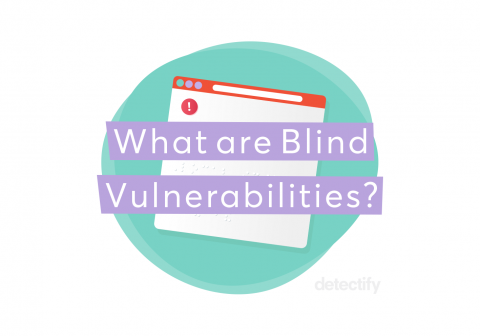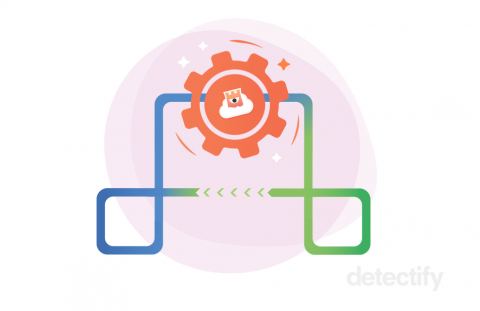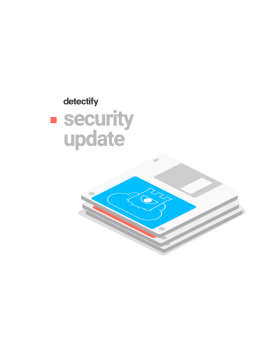What is a blind vulnerability and how can it be exploited and detected?
There are times where an attacker can hack a system and yet nothing is sent back, and this is classified as a blind vulnerability. This article will explain blind vulnerability detection and how Detectify’s scanner detects them: If we simplify web hacking, it usually means that an attacker is sending some data from their computer to a server, the server processes the data and then sends something back to the attacker.











